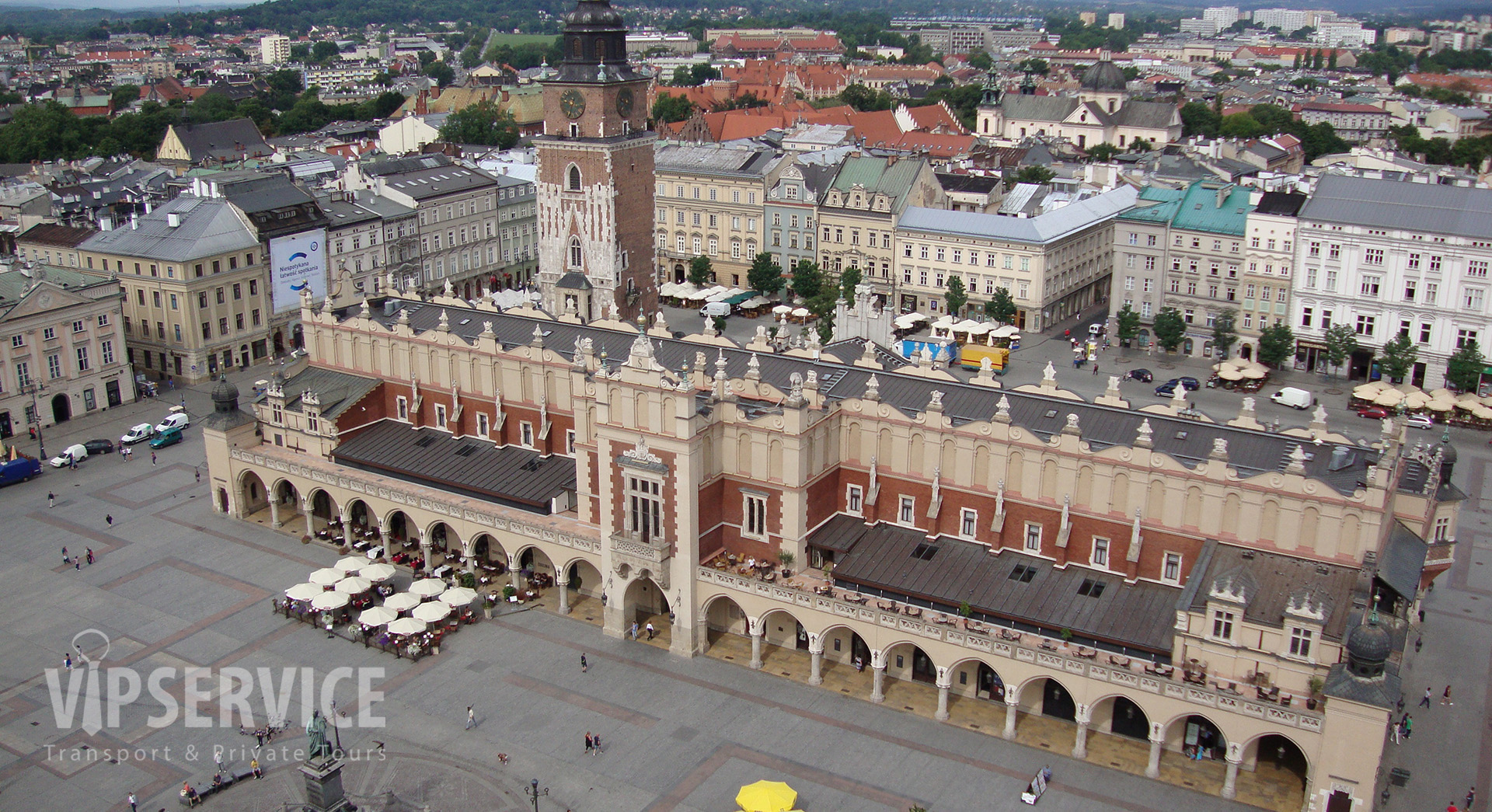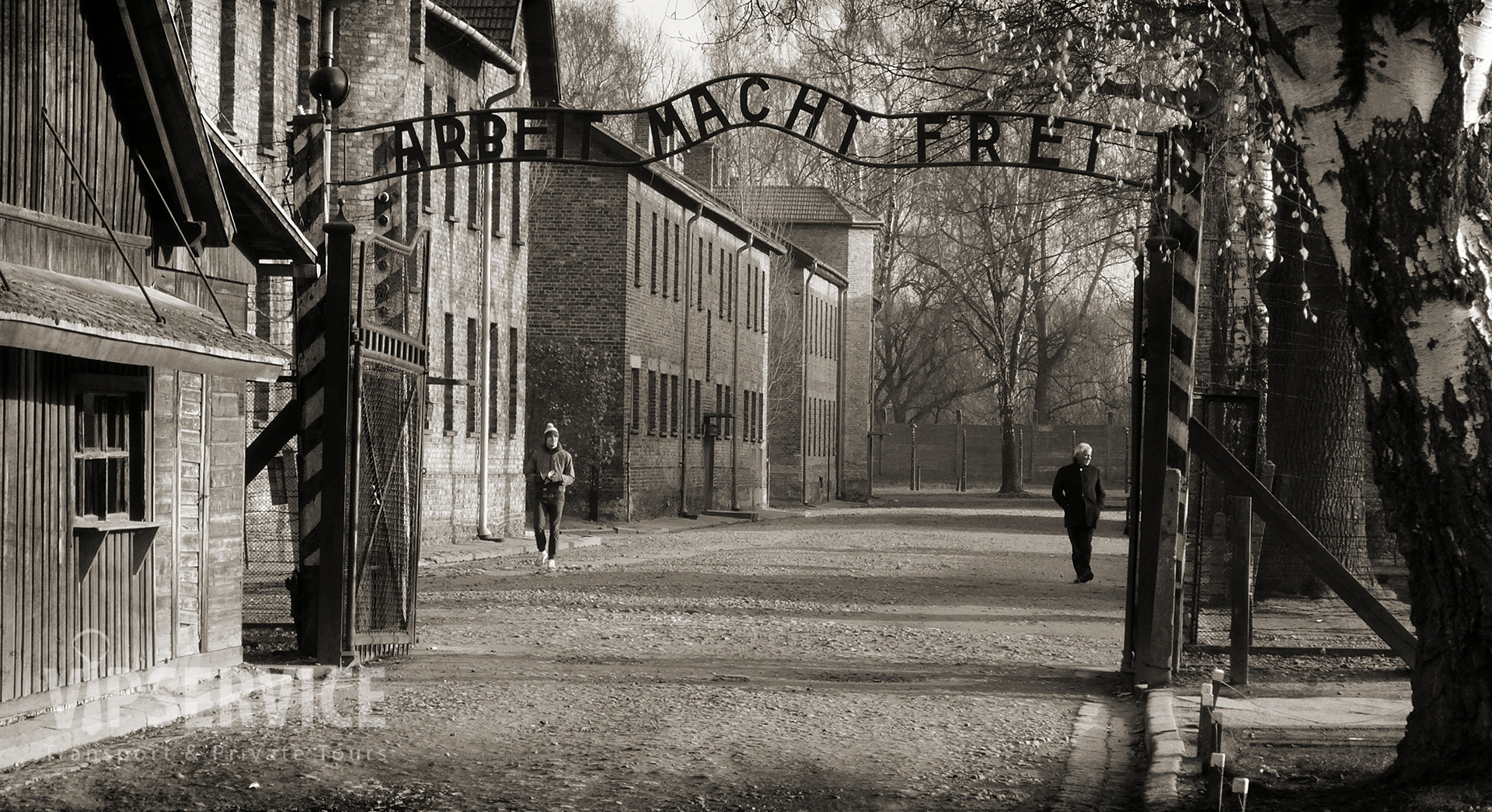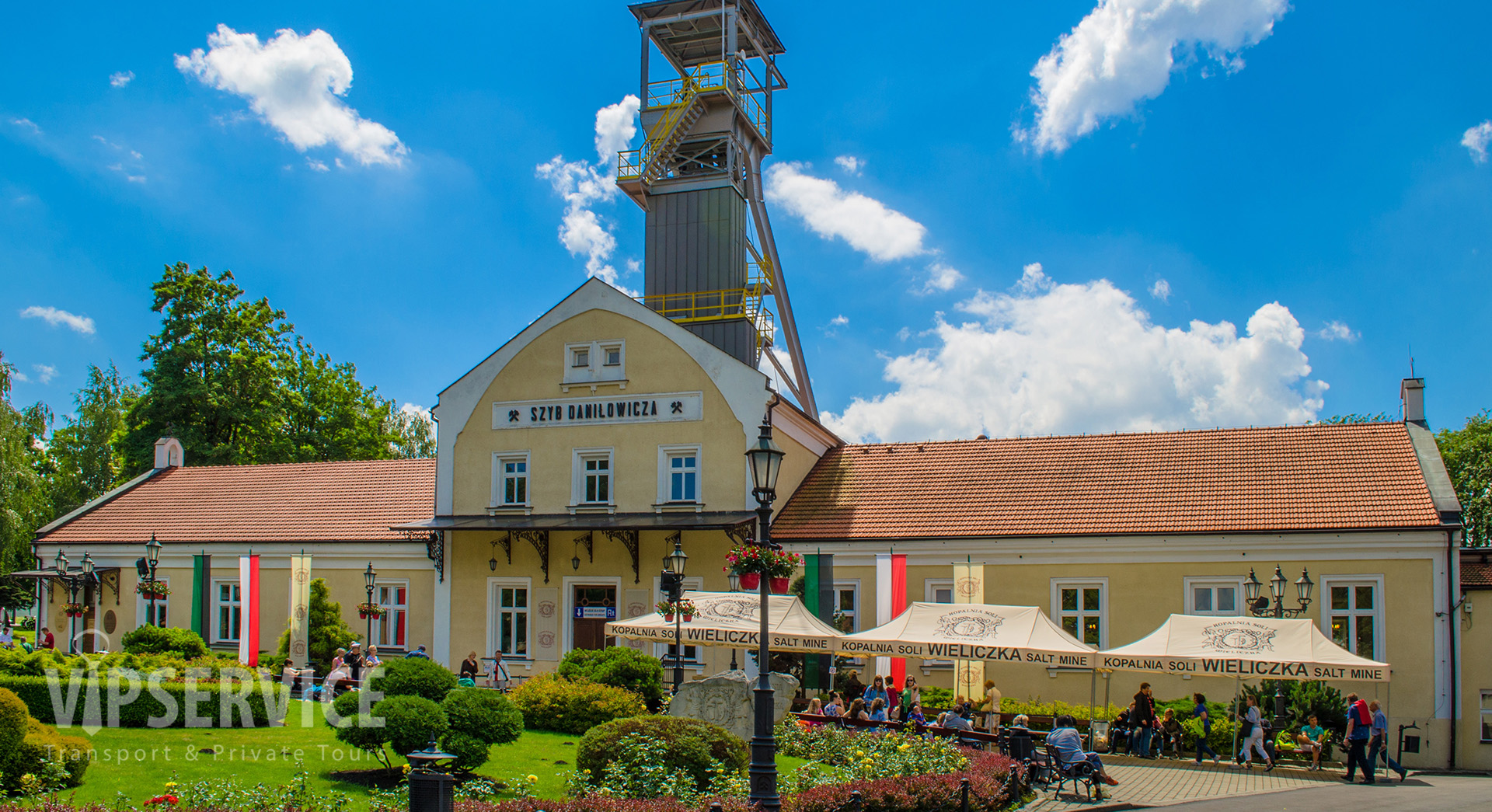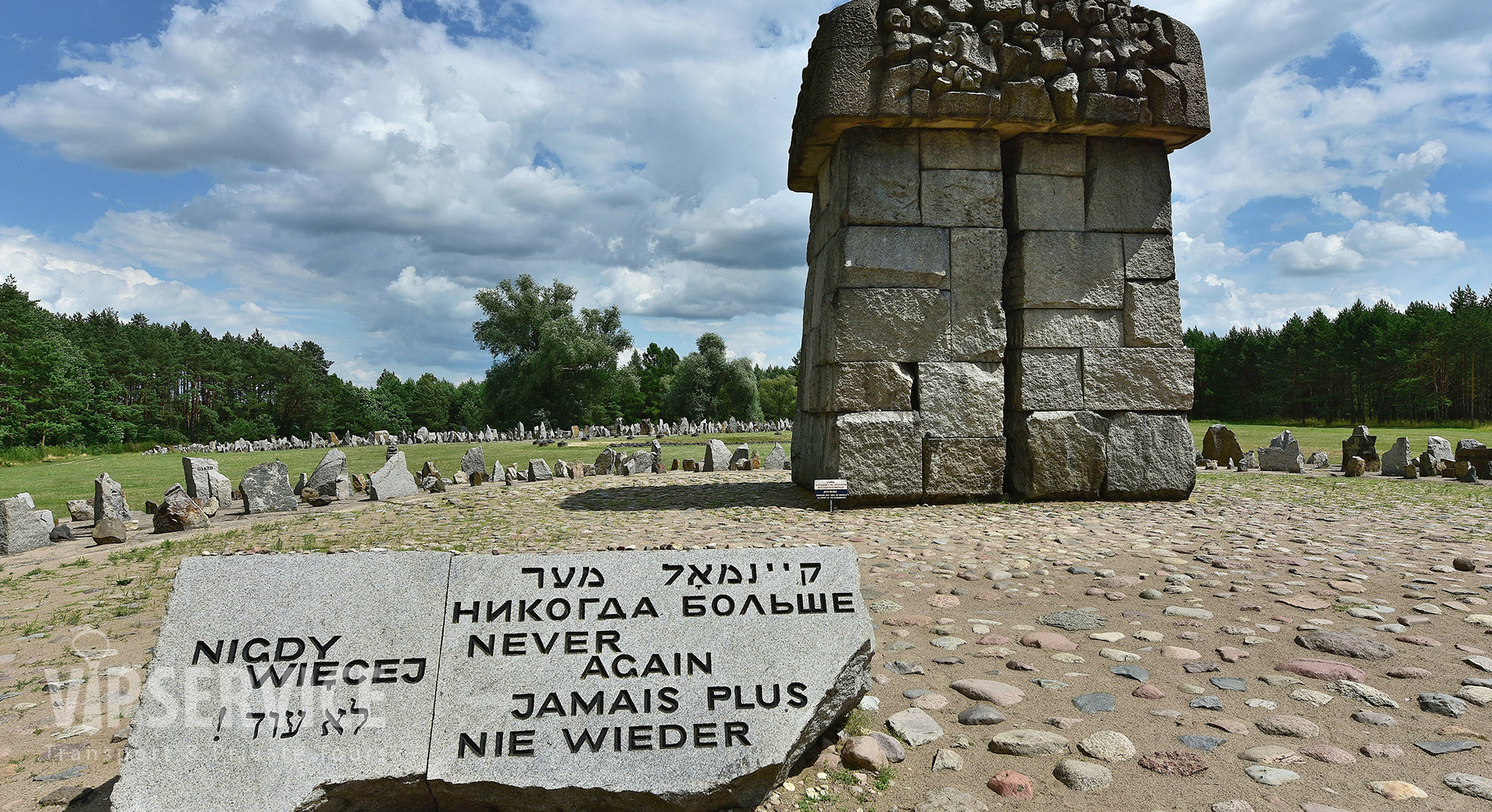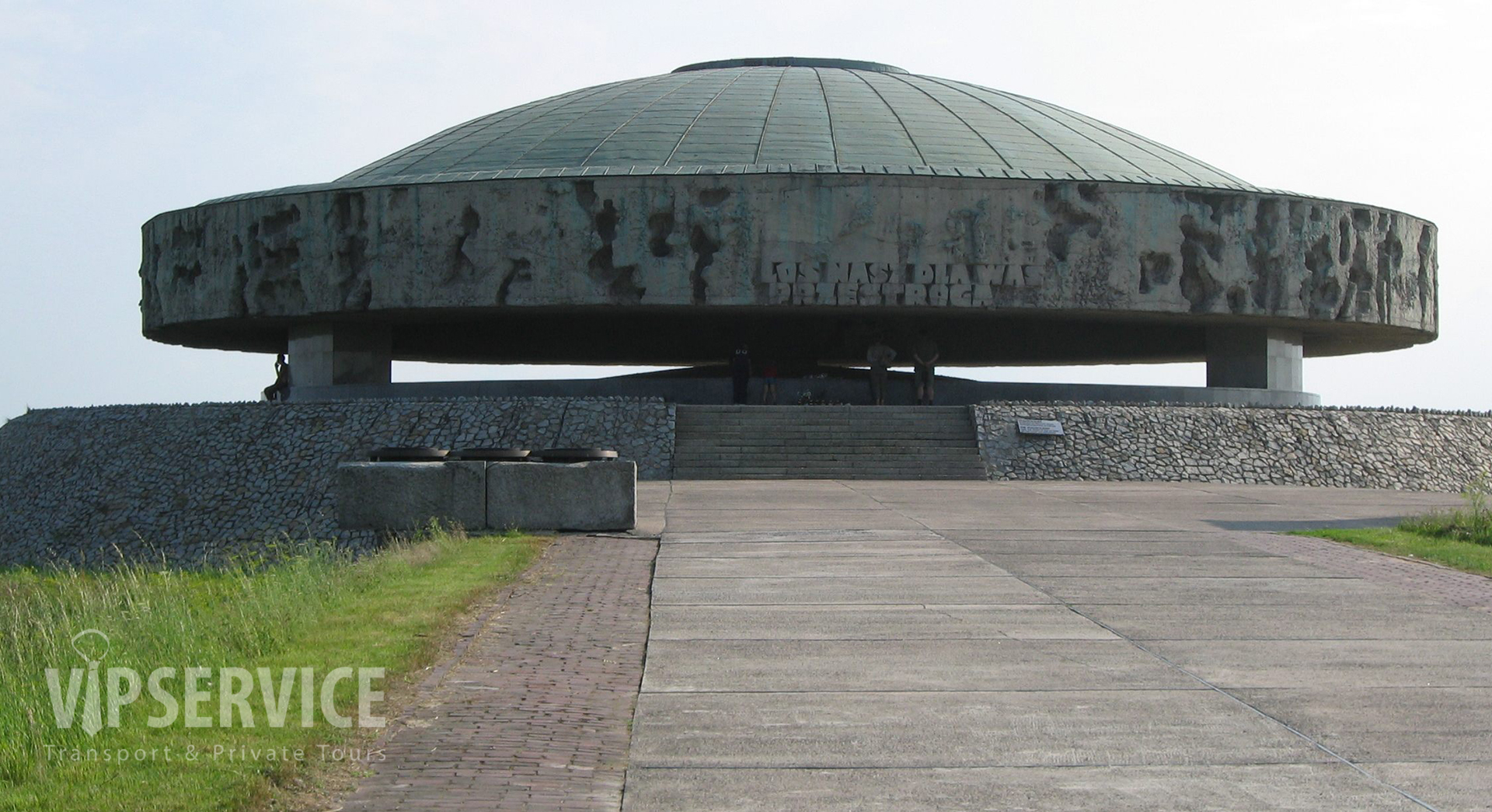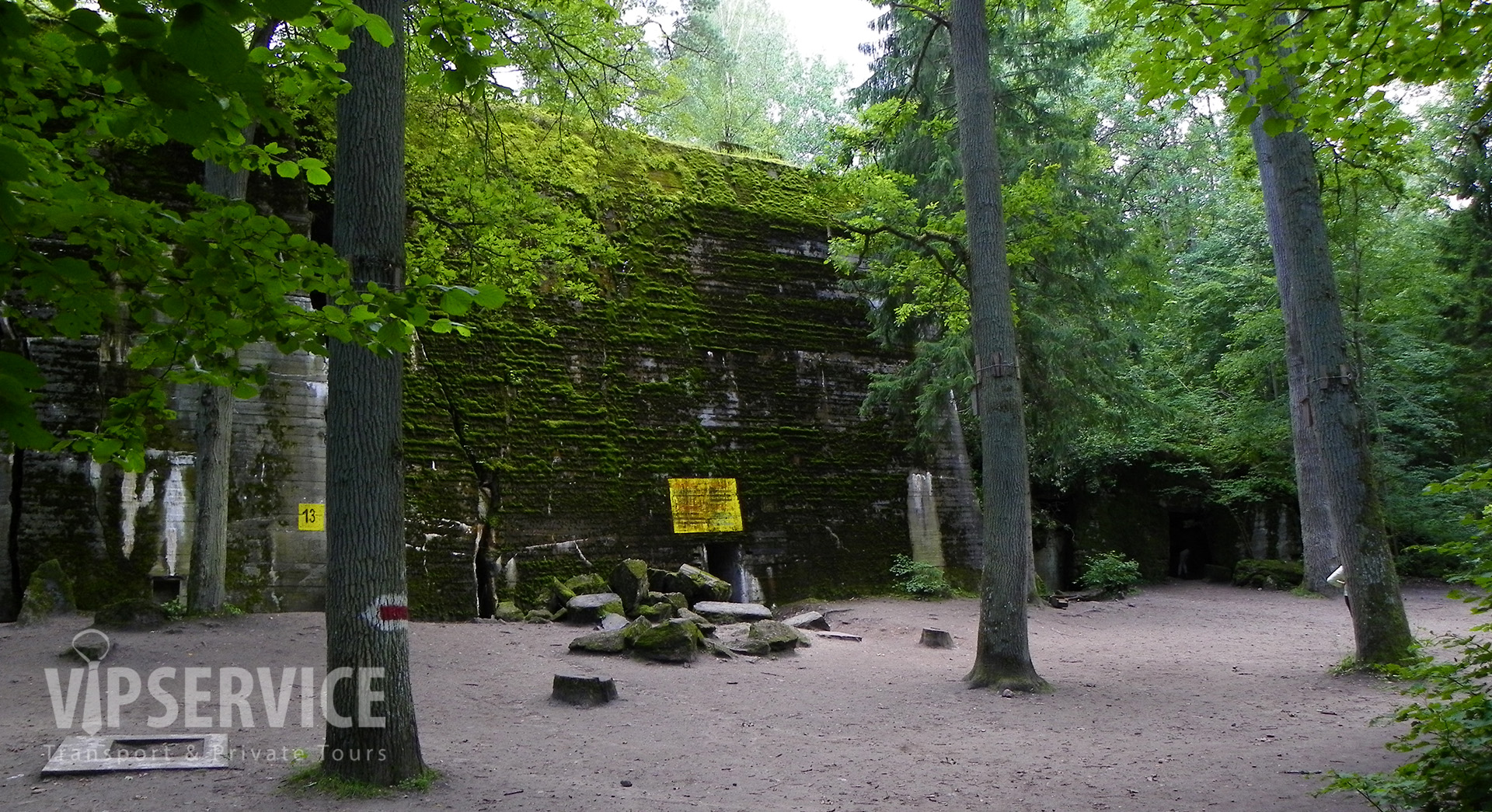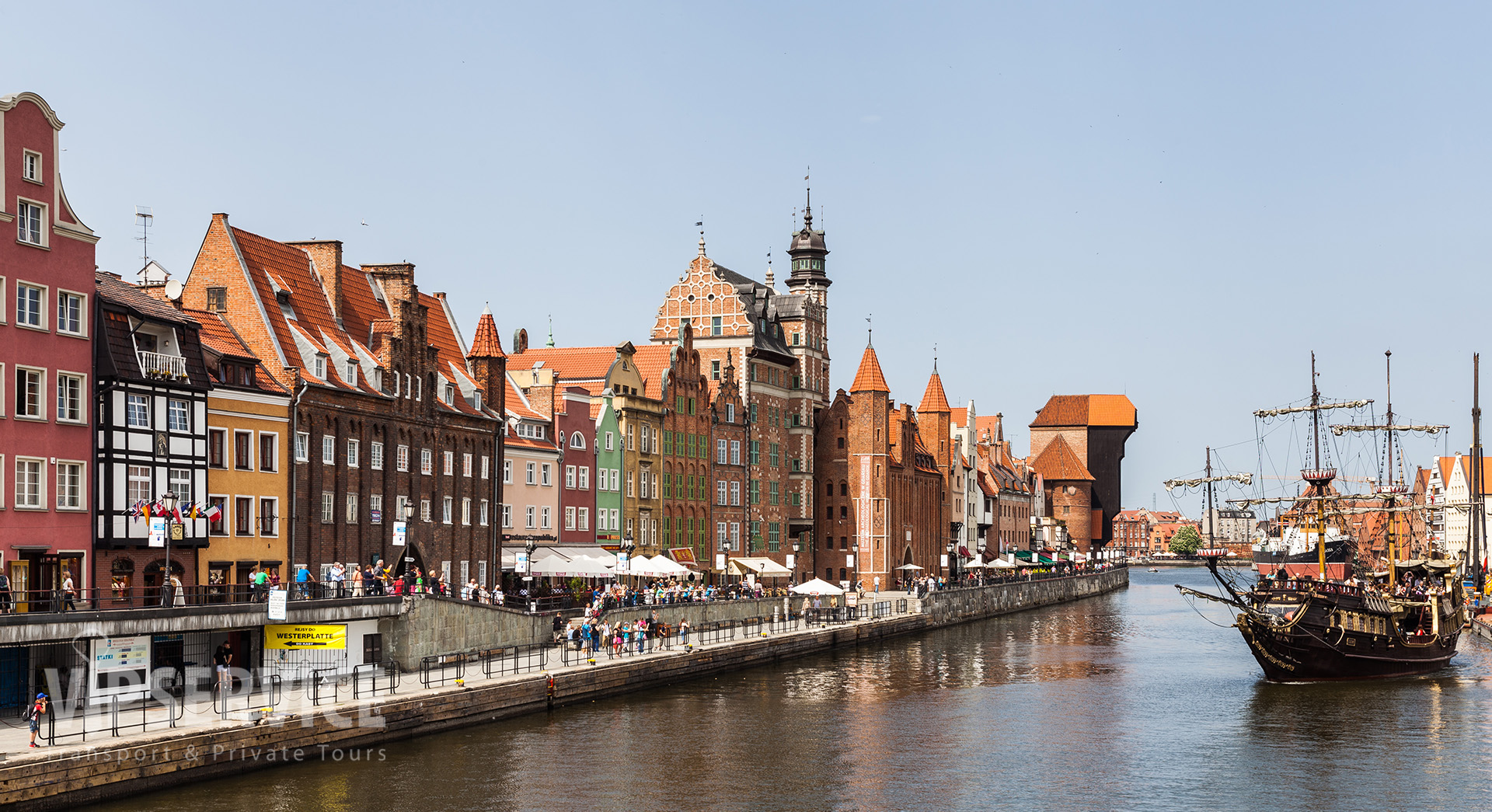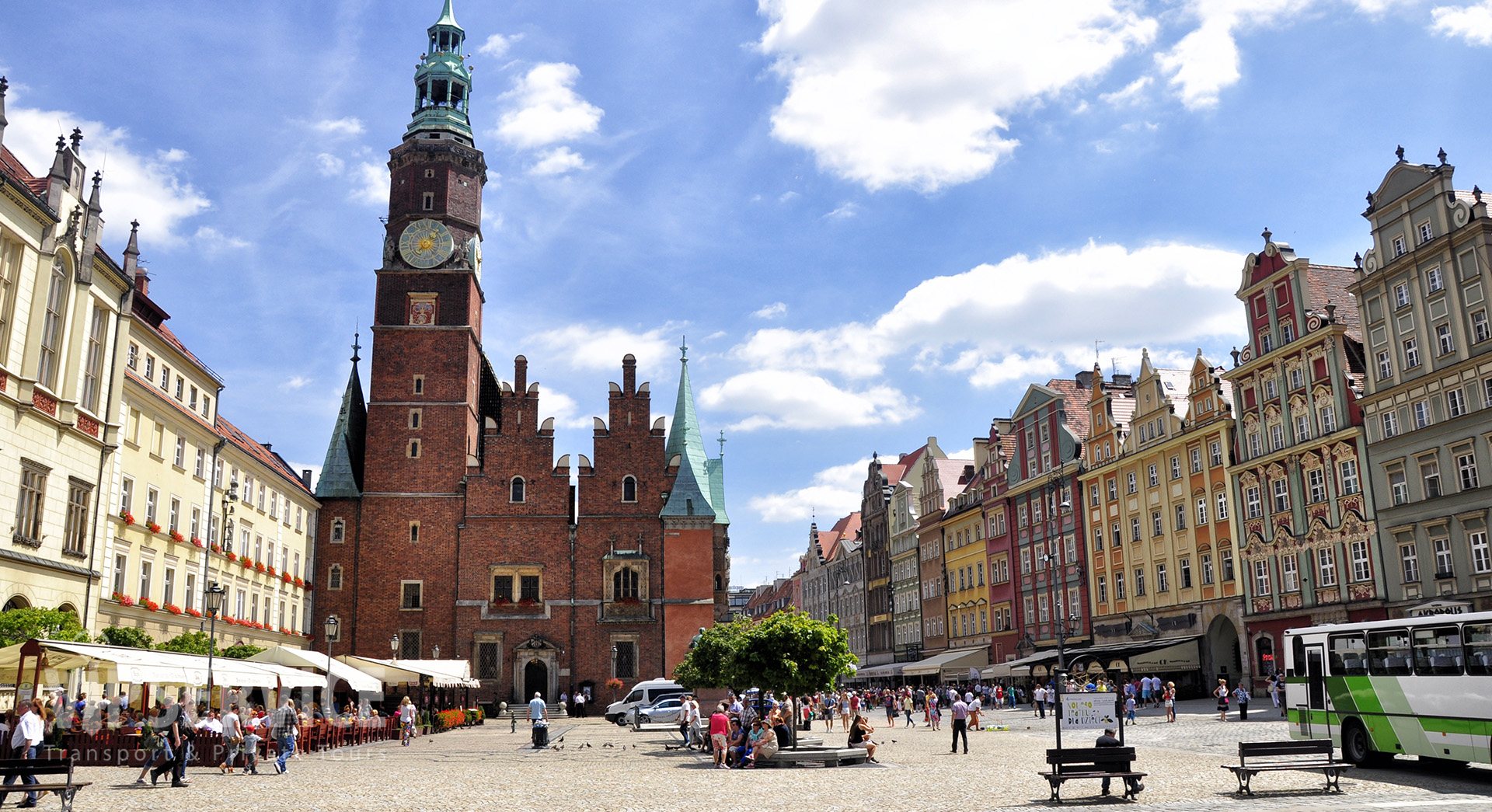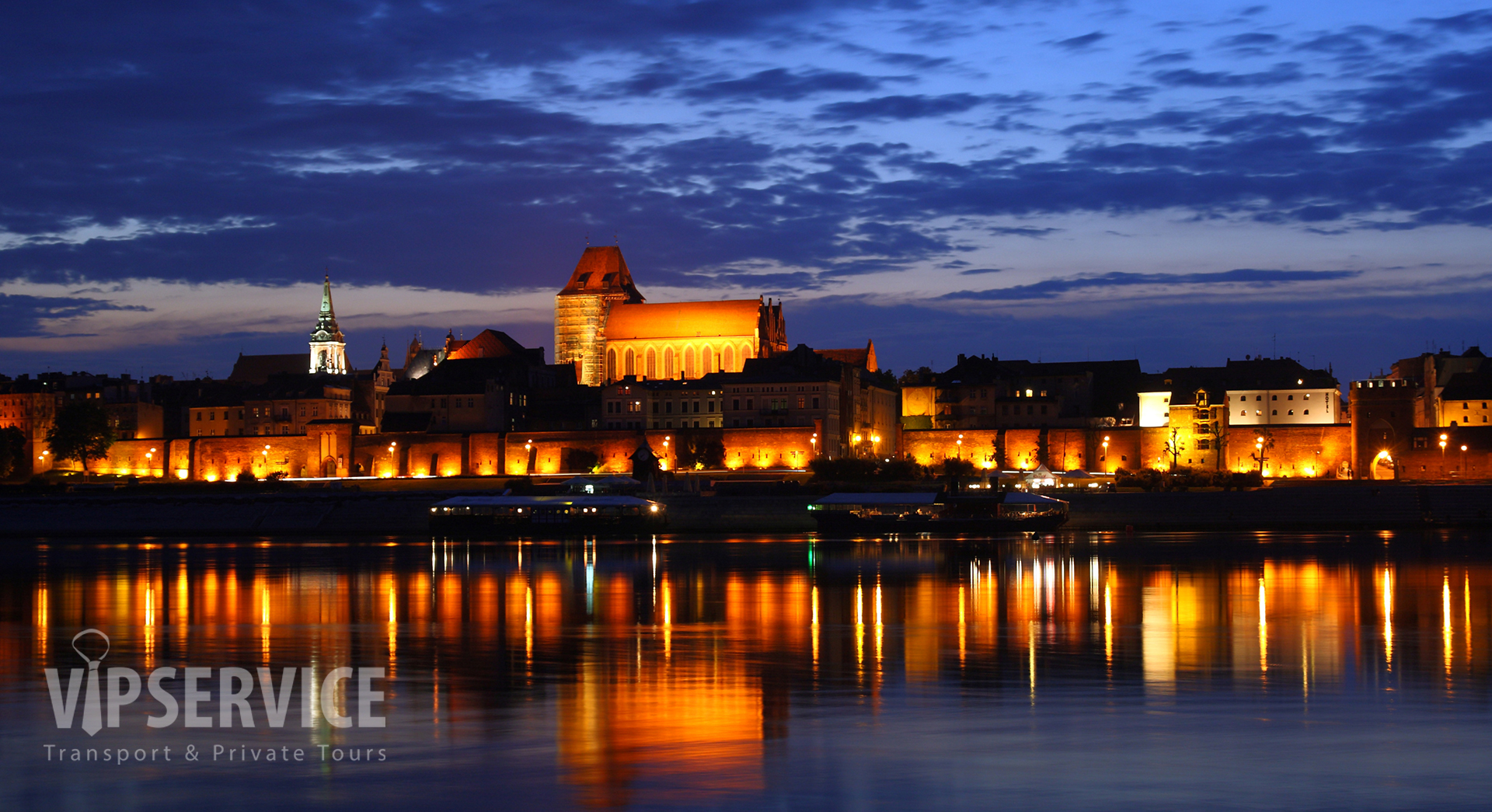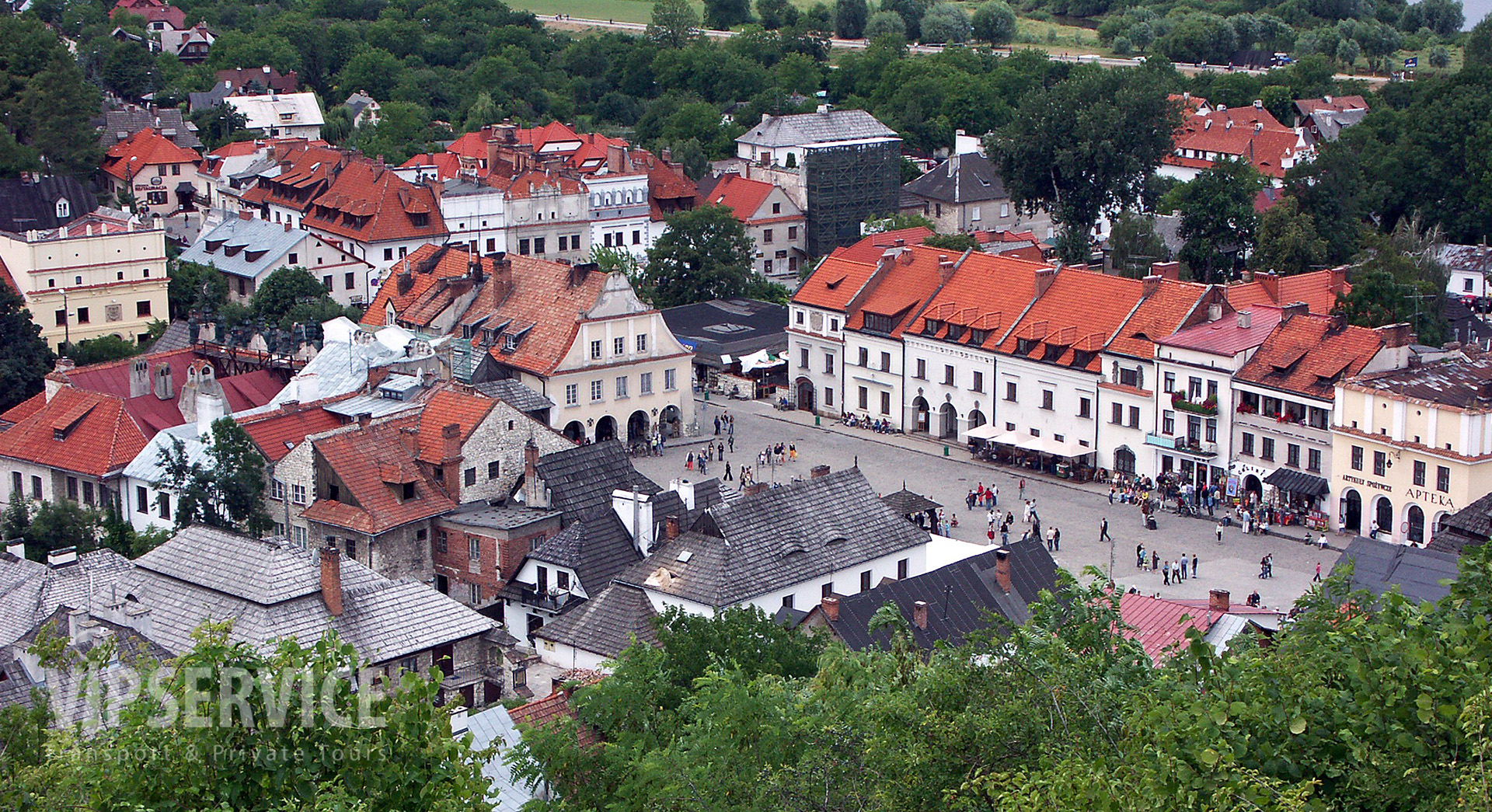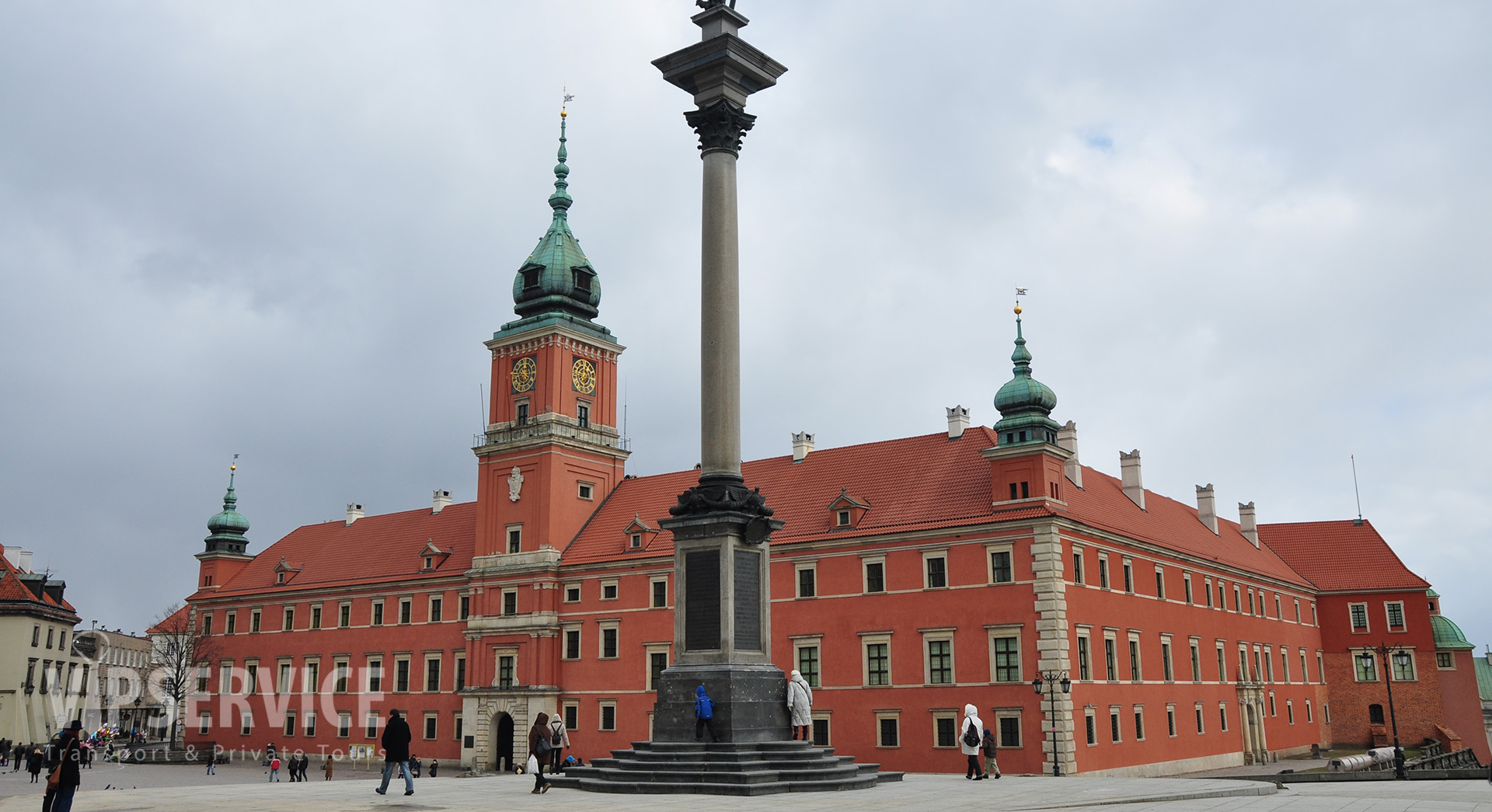Krakow and Auschwitz tour from Warsaw
Krakow and Auschwitz tour from Warsaw
There are over 120 churches in Krakow most of which are hundreds-year-old historic buildings. In addition to the St. Mary's Church on the Main Market Square, you can spot the 14th-century buildings, the Church of Corpus Christi, the Church of St. Catherine of Alexandria and St. Margaret, Cathedral of St. Waclaw and St. Stanislawa, a series of churches from the 11th century and the older one built after the capital was moved. The city center itself is, without a doubt, the most important and the biggest square called the Main Market Square. You can admire Krakow Cloth Hall here, St. Mary’s Church, the Town Hall Tower, St. Wojciech’s Church and around 40 medieval tenement houses. Krakow Cloth Hall deserves special attention since it was the very first marketplace in the city’s history. The name comes from the cloth stalls built under the order of Boleslaw V the Chaste as a series of stone structures separated by streets. The object has taken on its present form after the reconstruction in the 16th century. The architect gave it a more artistic look by adding the arcaded attic and mascarons. The main square of Krakow is completed by the Small Market Square with a number of historic buildings. The city is still surrounded by what has remained of the defensive walls with the Barbican. Also, let us not forget about the famous Florian Gate and several preserved towers.
When in Krakow, you have to visit 70-kilometer away Oswięcim where the Auschwitz-Birkenau Concentration Camp was used to be. In 1979, the camp was inscribed on the UNESCO World Heritage List as a place associated with the Holocaust and mass genocide. Founded as a labor camp, it later became a place of terror and extermination. The first transport trains delivered political prisoners to Oswięcim in June 1940 what initiated regular transports of people from Poland and Europe. Initially it was intelligentsia, prisoners from other camps, captives and the greatest percentage of Jews. The purpose of the Camp was a massive and systematic process of destroying and consequently killing its prisoners. In 1941, in the village of Brzezinka, located about 3 km from the main Camp, the Nazis established a new camp called Auschwitz II Birkenau. In the years 1942-1945, about 1.5 million people were killed there. Most of them were Jews (90%), Poles, Gypsies, Russians and prisoners from 28 European countries; people of all nationalities, political and religious beliefs. After the war, the camp was transformed into a museum of genocide. There are several characteristic places in the camp where you can still feel the negative energy and death aura. These include: The main gate with the inscription ‘Arbeit Macht Frei - Work makes it free’, Block 10, where particularly cruel medical experiments took place, Block 11, known as the Death Block in which people were murdered under the ‘Wall of Death’ and in a gas chamber outside the camp (70,000 people were killed between 1940-1943). Currently, visitors have the opportunity to visit the Auschwitz I and Auschwitz II Birkenau camps and watch a film made after the camp was liberated which shows how horrifying and brutal of a place it used to be.
ADDITIONAL INFORMATION:
- Recommended departure time: 6:15 am
- Tour duration: 15 hours
- Languages: English, Russian, German, Italian, French and Spanish
- The price per trip * applies to the cost per person and is given in Polish zlotys
- Possibility to pay in foreign currency (€, £, $) at the current NBP exchange rate
If you choose to visit Krakow and Auschwitz leaving Warsaw, we will pick you up from the Hotel or another address at 6:15. We will go to Auschwitz where you will join a group of visitors for a 3.5-hour sightseeing in a selected language. After it’s finished, we will take you back to Krakow where a private guide will show you the most beautiful corners of their city in 3 hours. After an eventful day, we will take you back to Warsaw.
| Price per person in PLN | 1 PERSON | 2 PEOPLE | 3 PEOPLE | 4 PEOPLE | 5 PERSONS | 6 PEOPLE |
| Kraków & Auschwitz | 3500 | 1900 | 1350 | 1100 | 900 | 800 |
| VEHICLE | ||||||
*PRICE INCLUDES:
- admission tickets to Auschwitz-Birkenau Museum
- care of an English-speaking guide during sightseeing in Auschwitz (group tour) and Krakow. Other available languages on request: French, Spanish, German, Russian and Italian, and for an additional fee of 100 PLN/ person in Auschwitz and + 250 PLN/ tour guide in Krakow
- driving a high-class car with an English-speaking driver
- in-car WiFi
- for groups larger than 6 people, the service is priced individually
- Price does not include taxes
Krakow
Krakow, one of the most beautiful Polish cities, has a long history of traditions which reaches back even further than a thousand years. Everyone who visited this city at least once will not forget the atmosphere of the old castle walls, the Wawel Hill with the dragon's cave, stretching just above the lazily flowing Vistula, a charming market with the outstanding St. Mary's Church and lots of greenery.
Majdanek
German concentration camp in Lublin, coloquially called Majdanek, was created by the decision of Heinrich Himmler. Built in the autumn of 1941, the camp was initially called Kriegsgefangenenlager der Waffen SS Lublin - a prisoner-of-war camp, and in February 1943 it was renamed Konzentrationslager Lublin - a concentration camp.
Wolf's Lair
In the heart of Masuria on the North of Poland, in the deep forest, there are ruins of what used to be Adolf Hitler’s headquarters. Built in Gierloz in 1940-44, it attracts tourists with its dark atmosphere and a warning closed in the walls of the damaged buildings. Hitler named it ‘Wolf’s Lair’ as a reference to his pseudonym ‘Her Wolf’, which he used to sign articles in the 1920s.
Wroclaw
Wroclaw is the historical capital of Silesia, one of the largest and oldest cities in Poland, located on both sides of the central Oder River on the Silesian Lowland. Before the World War II, there were 303 bridges in the city, currently there are about 220. In the first post-war years, under the slogan ‘all Poland is rebuilding the capital’, it became, like other cities of the Recovered Territories, a place of robbery organized by the state.
Kazimierz dolny
Kazimierz Dolny is one of the most valuable and charming places in Poland. This city is known for its connection with art and artists. Many painters have their own galleries and workshops here; there are also open-air painting workshops organized. Kazimierz is a unique place because of its cultural heritage and long tradition of painting, literary and creativity.
